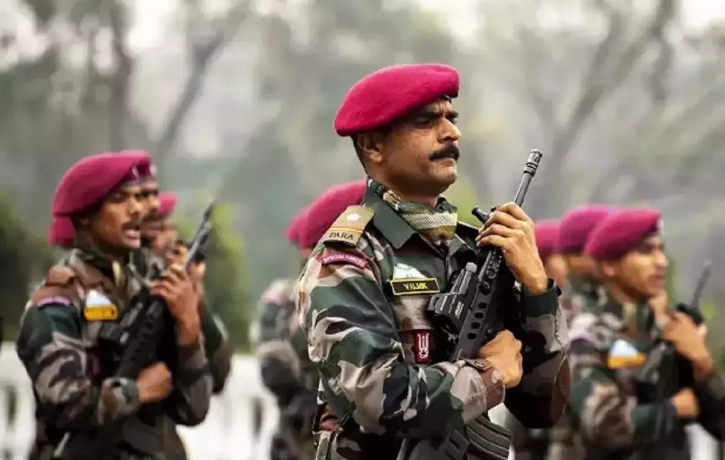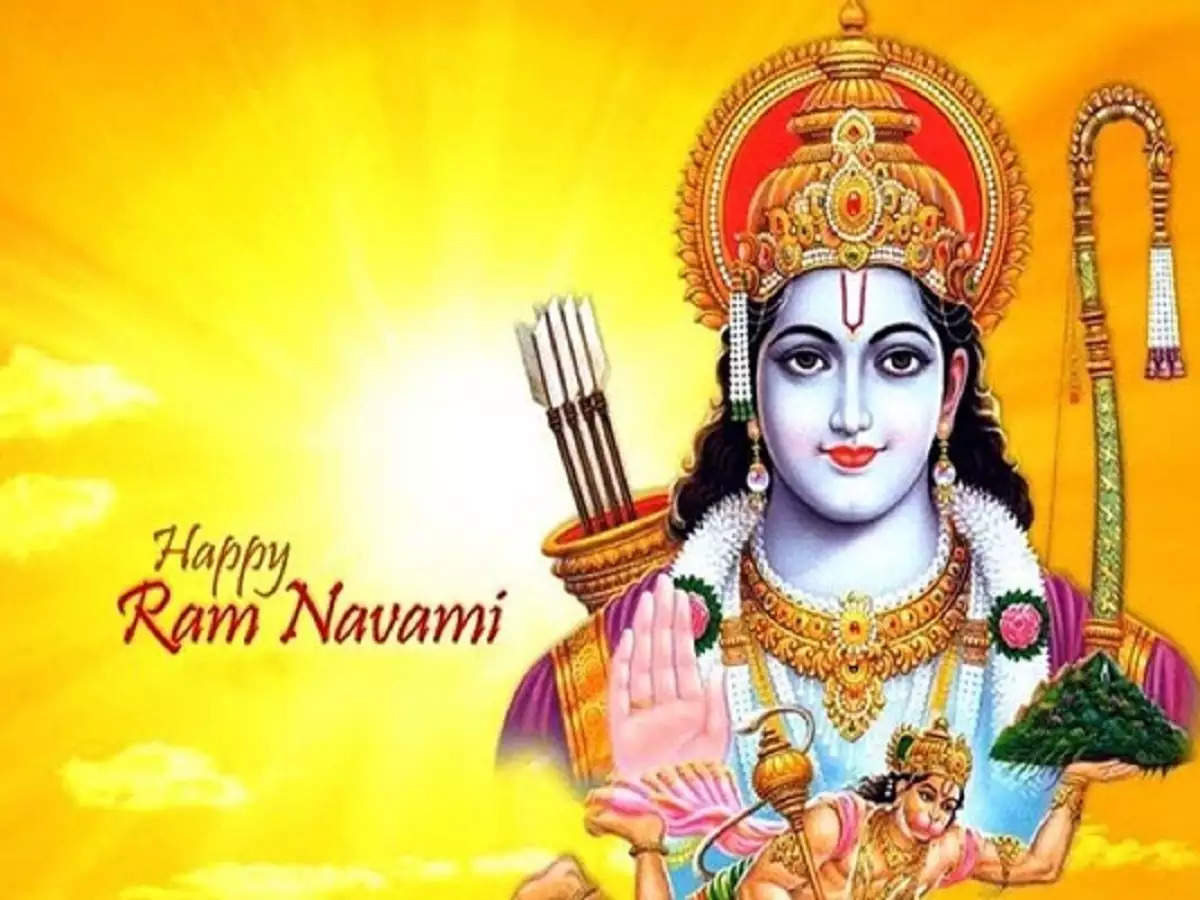Introduction
Army, is a type of land-based military force that fights mostly on the ground. As part of its army aviation component, it might have aviation assets. While retaining its colloquial sense of ground forces, the term “army” can also apply to the complete armed forces in certain countries, such as China and France. Terminologies such as “Air and Space Army” and “Land Army” are used to distinguish themselves from traditional military ideas. Naval troops may likewise be included in this larger meaning. Regular armies develop from elite militia to standardized, full-time forces; irregular militaries are the opposite. There may be other differences between fencible and expeditionary armies, statutory and non-statutory forces, and regular and reserve personnel.
Structure
The purpose, function, and training of separate units and soldiers determine the division of armies into distinct specializations. Among the commonalities shared by all militaries are
Infantry, Artillery, Signal Corps, Special Forces, and Armoured Corps
Military Police Corps
History
India
Possessed some of the oldest armies in history. The Hindu Aryan king Sudas defeated 10 other monarchs and their chieftains in the Battle of the 10 monarchs. The Mauryan and Nanda Empires possessed the greatest armies in history throughout the Iron Age, with over 600,000 soldiers, 30,000 cavalry, 8,000 war chariots, and 9,000 war elephants. Elephants, pikemen, and cavalry were among the primary units used by vast armies of longbowmen to repel invading horse archers during the Gupta era.
China
For more than a millennium, the states of China kept armies, and political authority was largely dependent on military prowess. A military secret during the Warring States period were sophisticated crossbows. In 221 BCE, Qin Shi Huang brought China together, directing the construction of the Terracotta Army and rearranging the Great Wall. “The Art of War” by Sun Tzu, which emphasizes military strategy, is still widely read. Civil bureaucracies were established to manage governmental and military matters.
Sparta
One of the first professional armies, the Spartan Army trained boys in barracks from the age of seven or eight until thirty. After being hitched, they committed their lives to fighting until they retired at age sixty. The soldiers, who were mostly hoplites, all wore red uniforms and had almost identical equipment and armor, including a round shield, spear, and helmet with the Spartan insignia.
Ancient Rome
Conscription served as the primary means of recruiting for the Roman Army during its founding as a citizen army under the Republic. It changed into a citizen force with professional status and 25-year terms. Non-Roman auxiliary troops performed specific tasks and were awarded citizenship upon completion of service. These foreign mercenaries and auxiliary made up the core of the army throughout the Late Roman Empire.
Medieval Europe
Aristocrats supplied troops during the Middle Ages, resulting in a variety of forces. As a separate class, knights were employed by lords. As demonstrated in England, centralized governments brought back citizen armies. Mercenaries were widespread, especially in Italy, yet they produced erratic armies. The Hundred Years’ War was won thanks in part to the disciplined army that the French reforms brought about.
Early modern
Initially, because nation states lacked the resources for permanent armies, they had to rely on mercenaries. But as governments grew more centralized, well-trained standing armies that were financed by higher taxes appeared. In many nations, this change resulted in the rise of absolute monarchy. Musket-wielding mass armies transformed battle and promoted patriotism. Soldiers from different nationalities made up armies prior to the French Revolutionary Wars. The king of England kept a personal guard while expeditionary forces were called up on demand. The United States Legion was founded in 1791, and the British Army in 1661. While Russia and the Ottoman Empire created standing armies from slaves and prisoners of war, respectively, Prussia implemented mandatory military service.
Late modern
In democracies, conscription is divisive; it was a major force behind Napoleon’s Grande Armée. On the other hand, mass conscription is becoming less common in modern combat as professional, technologically equipped troops take the lead. Switzerland’s military is made up of citizen soldiers, while conscript armies are maintained by Russia and a few other countries.
Field army
Among the armed forces, armies differ in size and scope and are designated or numbered for distinction. In the Soviet Red Army, armies were commanded by military districts during peacetime and by fronts during warfare; these units were frequently stationed together for administrative purposes.
Formations
Field Army Under the command of a general or lieutenant general, field armies consist of headquarters, corps, and divisions.
Corps Led by a lieutenant general, corps are usually composed of many divisions.
Division Led by a major general, divisions consist of logistics, artillery, infantry, and engineers.
Brigade Consisting of many battalions from various formations, brigades are commanded by brigadiers or brigadier generals.
Battalion Companies, each under the command of a major, comprise battalions, which are further subdivided into platoons and sections. Battalion commanders are colonels or lieutenant colonels.








